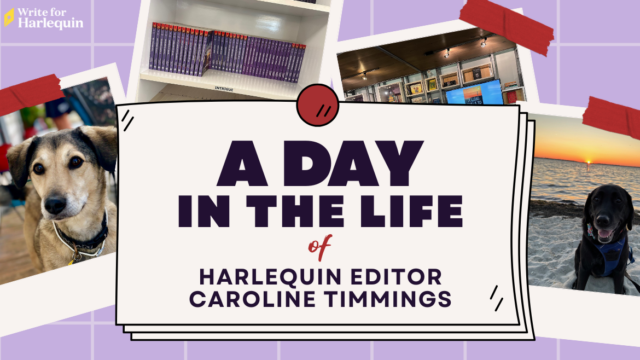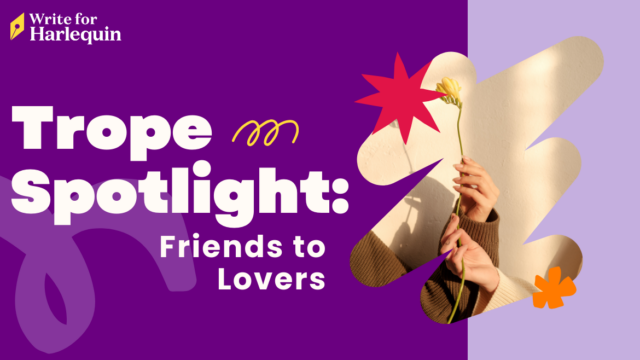Truth: Anything that is written has a pace. Just like anything in motion has a pace. And it is always being noticed and taken in—maybe not consciously, yet pacing is still ever-important in anything from an email to assembly instructions to a novel. With instructional types of writing, like how to assemble something, the steps have to be listed in the correct order; otherwise the pacing will be off, and you’ll never get your product put together. Applied to more creative channels of writing, say a note, a certain pacing is understood and expected.
Think about communication with a friend you haven’t seen in a while. You’re not going to dump something huge on them in the first paragraph of your message—Hey Jen! It’s been so long! This year I got fired from my job, divorced from my husband, and my dog died too. No, this goes against everything we know about social etiquette, but it’s also a pacing issue. You’re going to spend the first paragraph making small talk, sending out well-meaning sentiments that you hope the universe has been good to her in all this time you haven’t talked, and asking some rhetorical questions. Then you’ll lead her gently into the misery that has befallen you. This gentle leading can otherwise be called pacing.
In the above examples, if pacing is not properly observed, you’ll wind up with a head-scratching friend or a frustrating experience assembling a household item. But everything will probably be fine. Where pacing can make or break you, however, comes when you write your novel. Pacing is like the foundation for your story, the layer of cement that holds two levels of a building together without being seen or even consciously observed most of the time—if the pacing is on! If it’s off, that’s when it gets noticed. So you want your pacing to be like good dental work, or the Spanx under your clothes—adding to your look and holding things together seamlessly, without being apparent.
So how to make pacing work for you? While writing your manuscript, one important thing to keep in mind is that pacing can be a bit trickier in a romance novel. Less transparent, because the pacing is more on-the-page than in other genres, since the characters are meeting, going on dates and falling in love. Yes, as unromantic as it sounds, falling in love is a process. But just remember that as long as a pace is applied to that process, readers will stay with you. Yes, romance novels are escapist in nature, but that doesn’t mean you can throw all pacing rules to the wind and have the characters declaring love for each other at the end of the first date, and getting engaged on the second. That’s just not reasonable or relatable! Furthermore, the book would end at the second date.
A big pet peeve while editing romance is when the characters fall in love too soon. Another element that’s a huge part of good writing is conflict—yes, even (especially!) in romance books. If it’s obvious only one-quarter into the story that the characters are just simply ga-ga for each other and neither hell nor high waters will ever keep them apart, where’s the conflict? Further, where’s the hook to keep reading? Readers might put the book down. Because there’s nothing at stake. Not only must the proper pacing be established for when the characters meet, go on dates and begin to fall for each other, so too must pacing be observed in the conflicts and obstacles—both plot-wise (externally) and within themselves (internally)—that keep them apart. These are the juicy bits of pacing, the bumps on the road that keep a story from getting predictable, and keep the reader wondering will they or won’t they? (Even though she knows they will.) If you can make a reader forget that she already knows the ending of a romance for just a split second, you’ve done a fabulous job with pacing!
So what are some of your favorite pacing tricks to keep your hero and heroine from falling in love too early?
–The SYTYCW Team, this post was previously published from our Advice from the Archives




